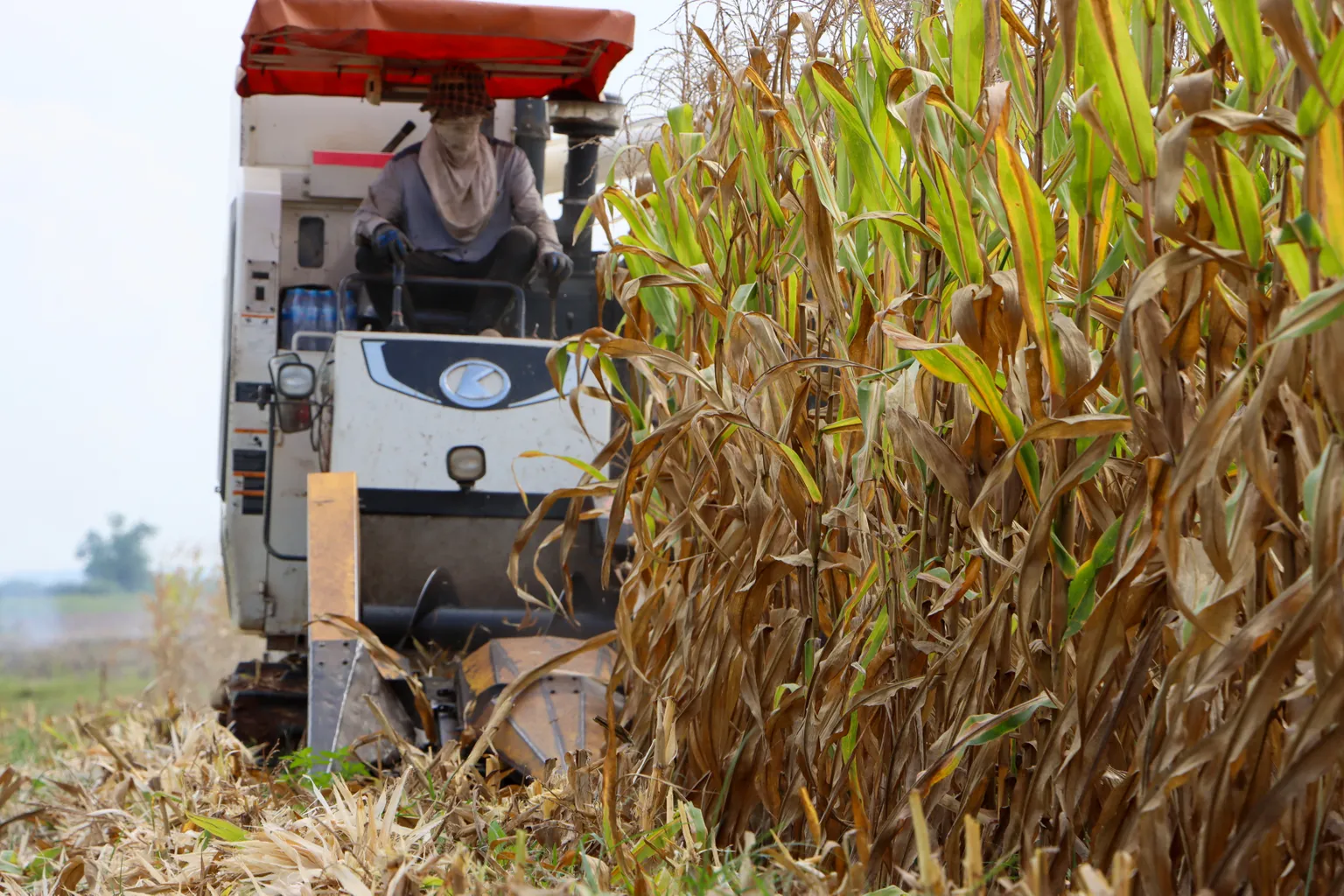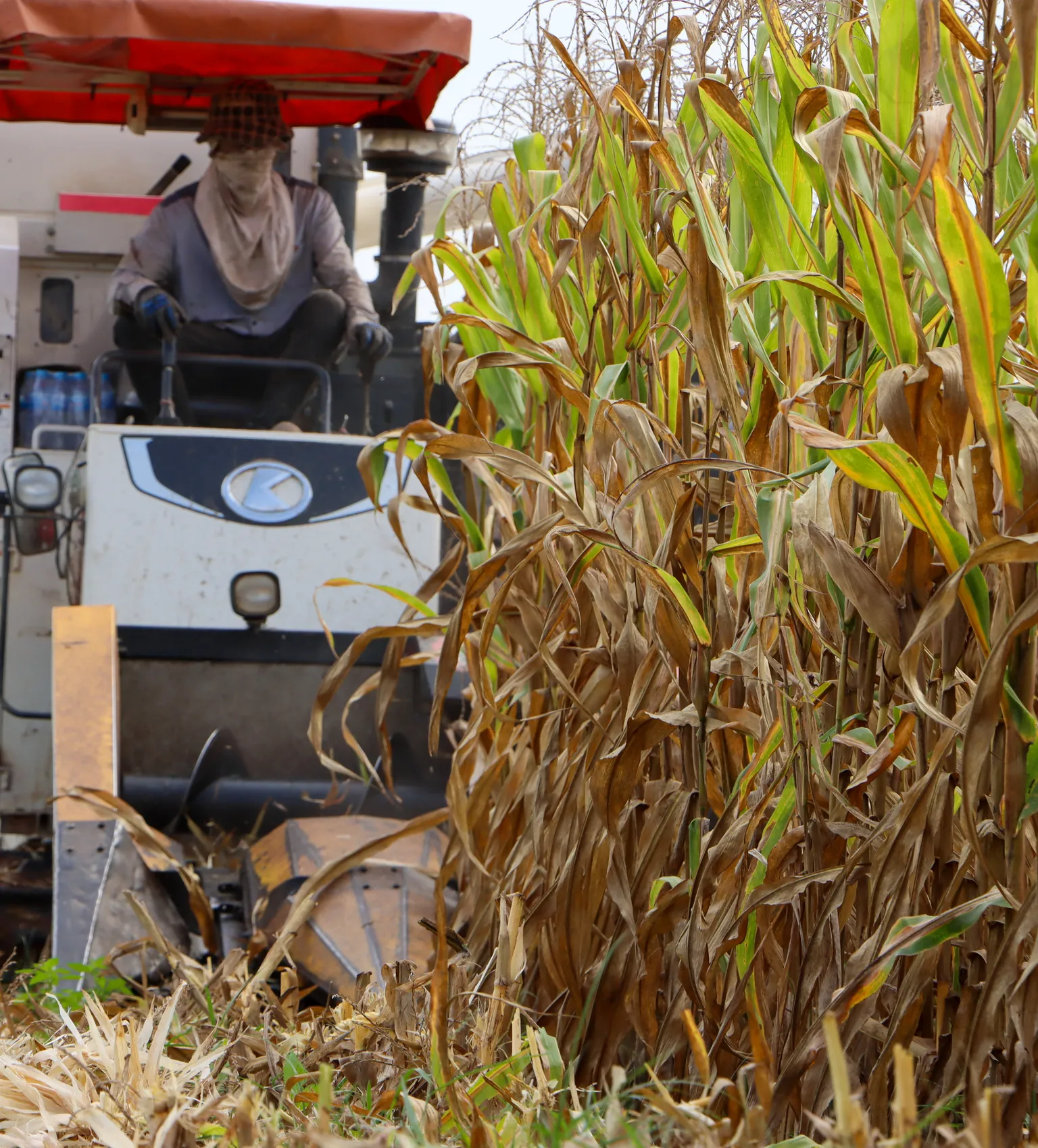Feeding Cambodia: climate-resilient poultry and maize solutions
As urban populations and incomes rise, meat consumption is increasing in Cambodia. Climate-smart practices are helping smallholder farmers adapt.

The challenge
Most global agricultural arable land is dedicated to livestock feed. With climate change, this productive base is under threat and can lead to increased greenhouse gas emissions through the high carbon footprint of livestock (methane and deforestation). Chicken is a good alternative – they offer a high food-to-meat conversion, low production costs, and no methane emissions when coupled with biogas digesters. With Cambodia moving rapidly towards middle-income status by 2030, the demand for chicken and maize is increasing. Chicken consumption is expected to grow significantly as the economy develops, and in parallel, there is higher demand for the maize used in poultry feed. Smallholder farmers, crucial to both subsectors, face growing challenges from climate change and competition from larger commercial farms.
Poultry production is essential to Cambodia's agricultural economy, with approximately 115 million chicken produced yearly. Of these, 90% are raised on large commercial farms that depend on fast-growing broiler chickens, but the remaining 10% come from an estimated 75,000 smallholder farmers who raise native backyard chicken. These chicken are slower to mature but highly valued for their quality, and their sale is an important income stream for some of the country’s most vulnerable households. Climate change increasingly affects all chickens’ health and growth rates, making economically insecure farmers particularly vulnerable to disease outbreaks and extreme weather.
Maize production, meanwhile, has seen significant growth in Cambodia, establishing itself as Cambodia's third most important annual crop after rice and cassava. Essential to the poultry feed industry, maize plays a critical role. Yet, yields remain low due to suboptimal farming practices, resource constraints, and climate-related challenges such as droughts and pests like the fall armyworm.
Our solution
To address these issues, SNV, in partnership with the Farmer Nature Network (FNN) and Royal DeHeus-THM (a feed company), supported by the Asian Development Bank (ADB), launched a project to enhance climate resilience in 4000 poultry and maize farming. Central to this initiative is farmer training in practical climate-smart practices. For poultry farmers, the training includes guidance to focus on young chicks, using commercial feeds to enhance disease resistance, improving ventilation in coops, and ensuring cool drinking water to help chicks withstand rising temperatures.
For maize farmers, the training promotes improved seeds, efficient fertilizer management, early weeding, and integrated pest control to boost yields. Enhanced irrigation practices, especially in drought-prone areas, are emphasized to ensure more reliable yields. The farmers receive Farmer Field School training through a Training of Trainers methodology. By equipping farmers with climate-smart practices through accessible training, the project ensures that smallholder farmers continue to play an essential role in Cambodia’s agricultural future.

